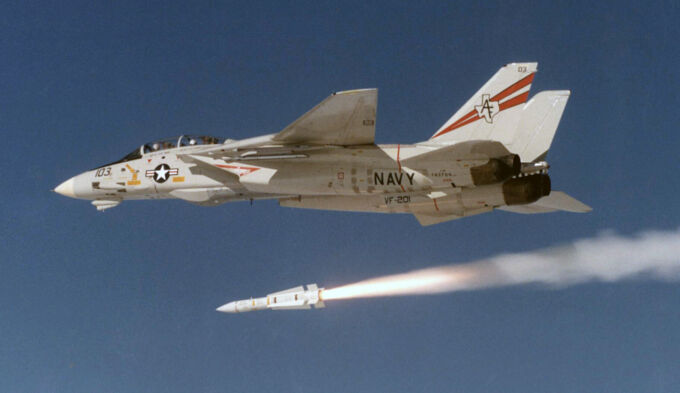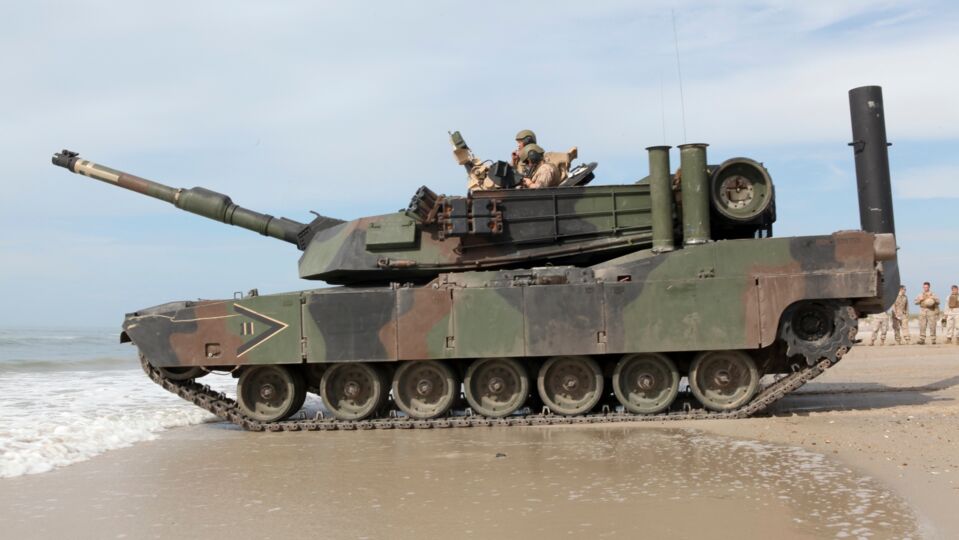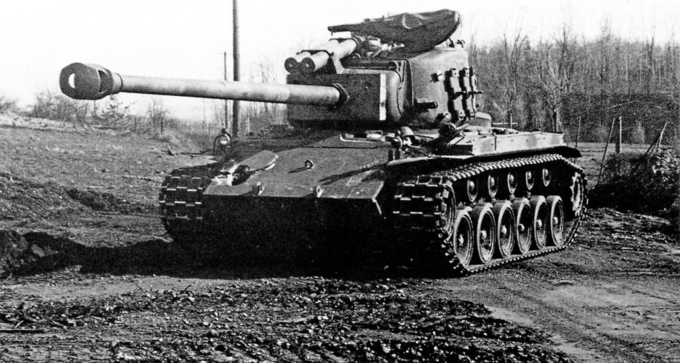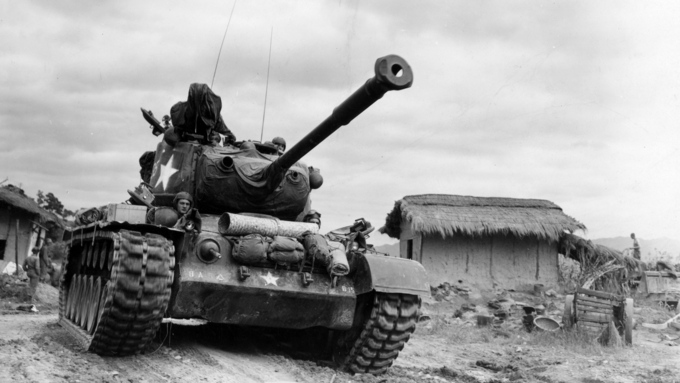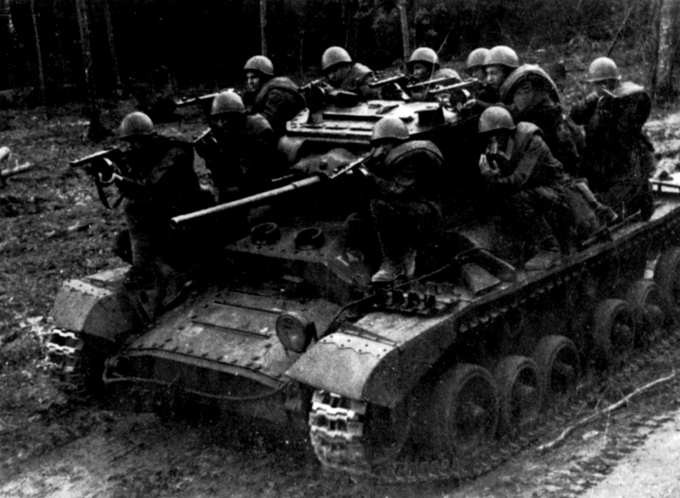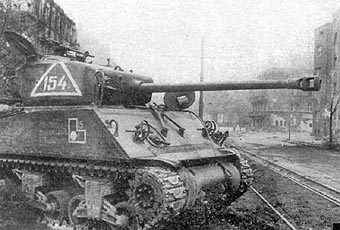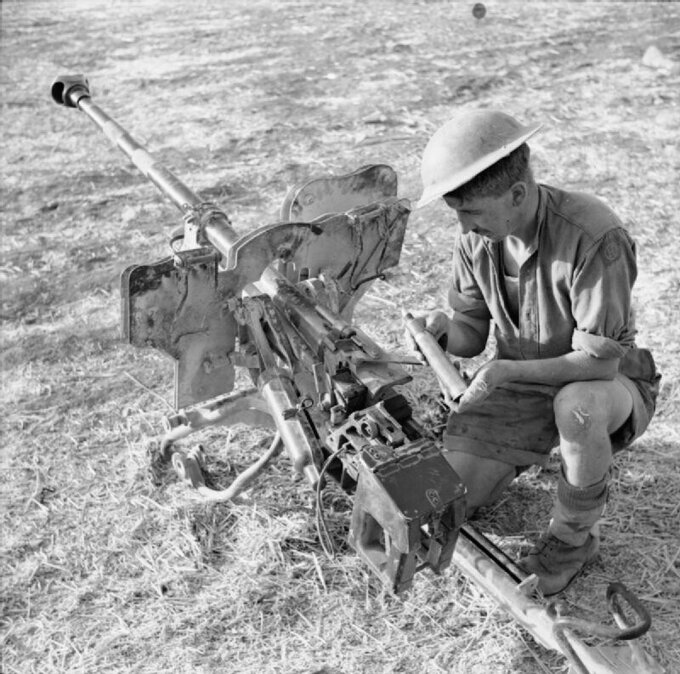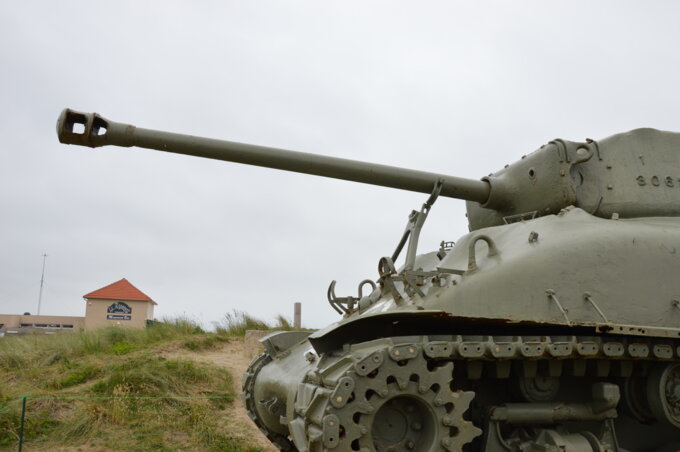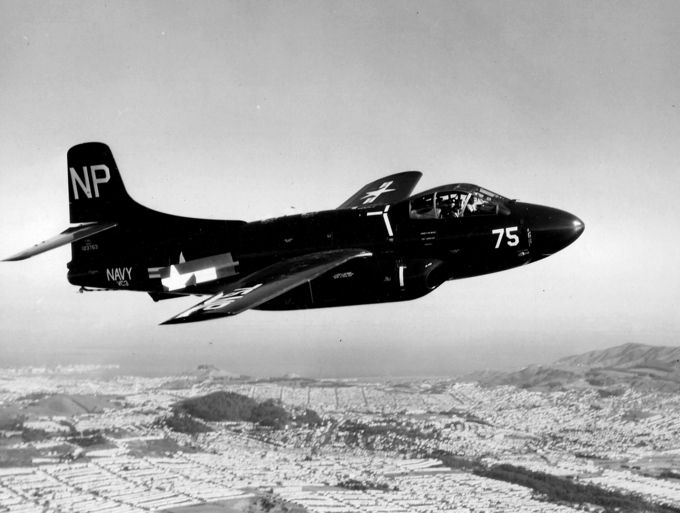The iconic F-14 Tomcat made its mark in naval aviation for its cultural significance and popularity. However, the defining weapon that sets the Tomcat apart from its peers is the long-range AIM-54 Phoenix missile. This weapon, intended to strike Soviet bombers from a long distance before they could fire deadly anti-ship cruise missiles, allowed the F-14 to perform its "Fleet Defense" role. Thus we will dive into the development behind this fascinating missile, the improvements it had, and how it would not be America writing the tomes on the AIM-54's combat usage, but instead Iran.
In the early morning of December 7, 1941, Japan launched a surprise attack on Pearl Harbor, taking the lives of many American servicemen and crippling much of the U.S. Pacific Fleet while at port. Outraged and united by the rallying cry “Remember Pearl Harbor,” the United States declared war on Japan. In the rapid industrial mobilization that followed, new warships were named in honor of the courageous officers who perished during the attack; among these was the USS Bennion, named for a valiant battleship commander who made the ultimate sacrifice at Pearl Harbor. This is the story of her service in the war.
The M1A1 HC tank, developed in the mid-1980s, was a tank built to accommodate changes into the M1 Abrams design for the United States Marine Corp (USMC) to replace their M60A1 tank. Production began in November 1990, incorporating changes like deep-wading adapters and stronger tie-downs. The USMC received 269 units by 1992, with additional transfers and upgrades continuing until 2005. The M1A1 HC saw sterling combat service in the USMC in the Gulf War, Iraq, and Afghanistan.
Of the tanks in the US Army during World War II, perhaps none had as much unique personality as the T26E1-1 "Super Pershing." With the tacked-on applique armor, the tank looks like something out of a steampunk setting, yet the tank still represents the most formidable tank the US Army brought to the European Theater.
The M46 Patton emerged from the modernization of the M26 Pershing to address the evolving needs of the US Army. With significant upgrades in engine power, transmission, and firepower, the M46 would play a crucial role during the Korean War. Despite technical challenges, the M46’s deployment marked a significant advancement in tank technology, bridging the gap between World War II designs and the more modern tanks that followed.
Among the different tanks provided to the Soviet Union as part of the Lend-Lease program, arguably the most underrated tank was the Valentine tank. An infantry tank that the British eventually phased out for newer tanks like the Churchill, the Valentine had a surprising staying power within the Soviet Army. The Soviet Army received half of all Valentines produced by the British and Canadians and used them all the way to the end of the war against both the Germans and Japanese.
Among the T-34s used by the Soviet Army as they marched towards Germany, there ought to be a number of M4A2 Shermans within the inventory. A sign of cooperation between the distant Allies, the M4A2 Sherman was provided to the Soviet Union as part of the Lend-Lease program that led America and Britain to supply critical material and equipment to the Soviets. The M4A2 Sherman helped set-up several significant units for the Soviet Union to use in the Great Patriotic War to fight both the Germans and Japanese to the war's conclusion.
Retaining a lethal enough anti-tank weapon while maximizing mobility proved troublesome in World War II as tank armor increased in an arms race among the belligerents. As the different countries researched better ways of shrinking strong anti-tank power into a man-portable format, one of Germany's concepts took an innovative approach with the application of the "squeeze-bore" weapon to produce a high-velocity rifle at a smaller caliber yet just as capable of punching through tank armor. The s.Pz.B.41 is the result and armed many German soldiers and armored fighting vehicles like the Sd.Kfz.221 in War Thunder, but was such a weapon worth the squeeze?
While 1 mm more doesn't appear so much in size when comparing 75 mm to 76 mm, the Americans managed to make that one extra 1 mm impress with extra firepower boost against tanks during World War II. While the weapon was not without controversy on whether it was indeed the right weapon for the war, it proved sufficient in helping American tankers face-off against tougher enemy tanks to win the overall war. This is the story of how that weapon came to be.
Carrier aviation was a relatively new field when World War II began, with some nations starting with biplanes as their main carrier aircraft. However, as technology marched on and aircraft became more sophisticated and robust, the need to mate the new technology to existing roles proved pivotal to keeping the equipment the most advanced. As such, when the US Navy pursued the F3D-1, it aimed to have the first operational jet aircraft that was carrier-capable.
